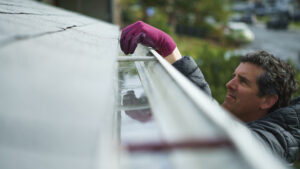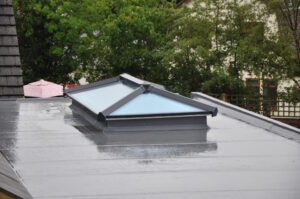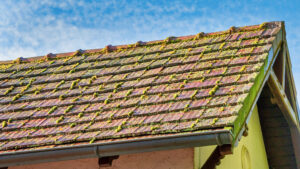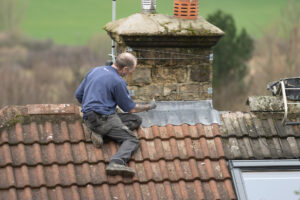Often, the roof is overlooked when we think about building maintenance. Building managers and homeowners don’t consider the roof a priority unless it is causing problems like water dripping from the ceiling. So, preventive maintenance is the best tactic. The roof needs to be inspected thoroughly. The easiest way to certify that the inspection is comprehensive is an all-inclusive roof inspection report that informs the client about the areas that need investment. A roof inspection report, upon completion, is a comprehensive checklist that gives you a clear idea of the general condition of your roof.
A good roofing report keeps everyone on track and, at the same time, ensures that the job gets done right from the beginning to the end. Depending on the roof and building construction, the inspection report includes different areas and covers various elements. The report includes information on the roof age, type, condition of the flashings and shingles, and any necessary repairs. As roofing contractors, we at WABO Roofing know the importance of having up-to-date and accurate reports.
In this article, we will cover everything you need to know: why a roof inspection report is important, its purpose, and what it should cover.
Purpose Of Roofing Inspection Report:
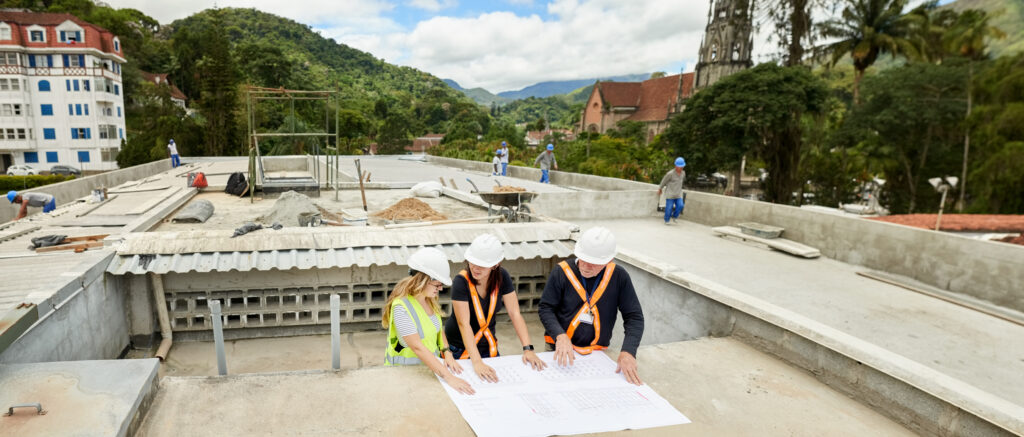
- Informing clients about the cosmetic and structural issues that may be hindering the integrity of the property.
- Identifying any potential issues with the roof so that they can be repaired before causing any further damage.
- Estimating the remaining life of a roof and determining if the roof has to be replaced
- Recommending a course of action including the timeline and cost that can help get back the roof in shape, or preserve the existing condition of the roof if it is unproblematic.
A roof inspection report may be required in several situations, including-
- New builds to ensure that the roof is installed as per the design specifications and manufacturer’s instructions.
- On architectural plans, to check whether the design of the roof is fit for the proposed purpose of the building and to ensure whether the proposed construction is an economical method.
- On existing buildings, as a part of the process of due diligence to detect defects that may need repair or can cause problems in the future.
- To provide the needed periodic certification of Roof Safety Systems
- To diagnose the cause of problems like roof leaks
- To undertake needed regular roof maintenance
Key Components Contained in A Roof Inspection Report

The items included in roof inspection reports depend on many factors, such as client information, type of building, type of roof, and more. However, some key components are-
- Basic information like the client’s name, contact information, company name, the date of inspection, the address of the property
- Roof notes outline important information about the roof, like the potential repairs, the conditions of the flashings and shingles, general roof condition, roof life expectancy, photos captured, and the roof age.
- The report documents the potential parts or elements of the roof, like roof types, slopes, and more.
- The report includes the signature section for the client and the roofing contractors. The signature is proof that the report is official.
Areas That Need to Be Covered in A Roof Inspection Report
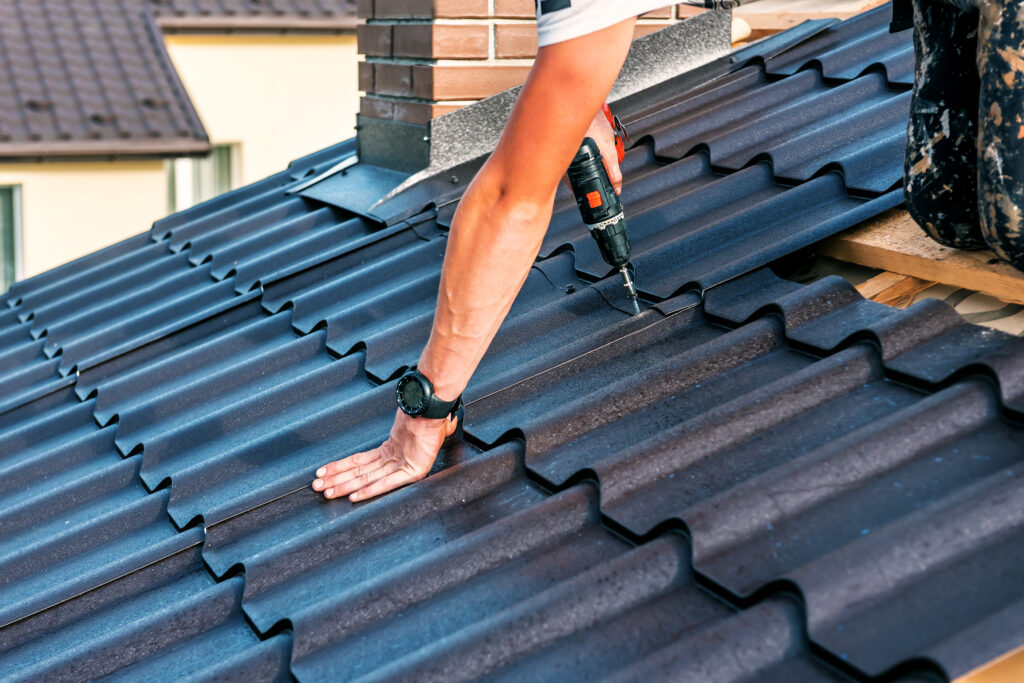
A roof report is sent to the client or the owner with a complete summary of the key findings from the roof inspection. Depending on the construction of the roof and several other details, the report includes the following key areas:
Roofing Material
The exterior roofing materials, be they steel, aluminum, asphalt shingles, or ceramic tiles, undergo harsh weather conditions and are continuously exposed to the elements. Some materials may be more durable than others, but the roofing needs regular inspection. The core reason is that poor conditions of the exterior roofing can result or may be a sign of primary structural issues.
While inspecting, some things that need to be taken care of include checking for poorly aligned, broken, or missing shingles; ensuring that all the parts of the roof are secured in the correct place; ensuring that all the seams are insulated well, and checking whether the caulking and flushing around the chimneys and sidewalls are sealed and intact.
Drainage
More than 70% of the construction litigation is linked to water damage and leakage. Drainage must be maintained well. Poor drainage may lead to costly repairs like entire re-roofing or mould removal. To avoid this, when inspecting the roof, it needs to be ensured that drainage is doing its job well. The to-do-list includes the removal of debris and trash from the gutters and the drainpipes; ensuring that the drainpipes are attached securely to the walls and the gutters; checking for holes, rust, or any other signs of wear and tear; and ensuring that the drainpipes are leading the water far away from the foundation of the building.
Ventilation
Air ducts, vents, and chimneys tend to be the weakest points of a roof as they penetrate the insulation and roofing materials. To prevent this, make sure to check if the vents are internally or externally obstructed and ensure that the air flows through them freely; ensure that every ventilation structure is fitted with a storm cap. Check whether the roofing is cut properly to fit the ventilation structures, and ensure the flashing around the protruding structures is well-insulated and well-fitted.
Attic
The underside or the attic is the final section of the roofing inspection checklist. Inspecting the attic thoroughly is the sole way of getting a full picture of the roof condition. Attic inspection must include ensuring that pipe, wiring, and ventilation elements are well insulated; checking for signs of birds, insects, or rodents; checking for condensation or mould, checking for bending or rust if the roof beams are made of steel; and check for swelling, dark spots, or signs of water leakage if the roof beams are wooden.
Experts You Can Trust
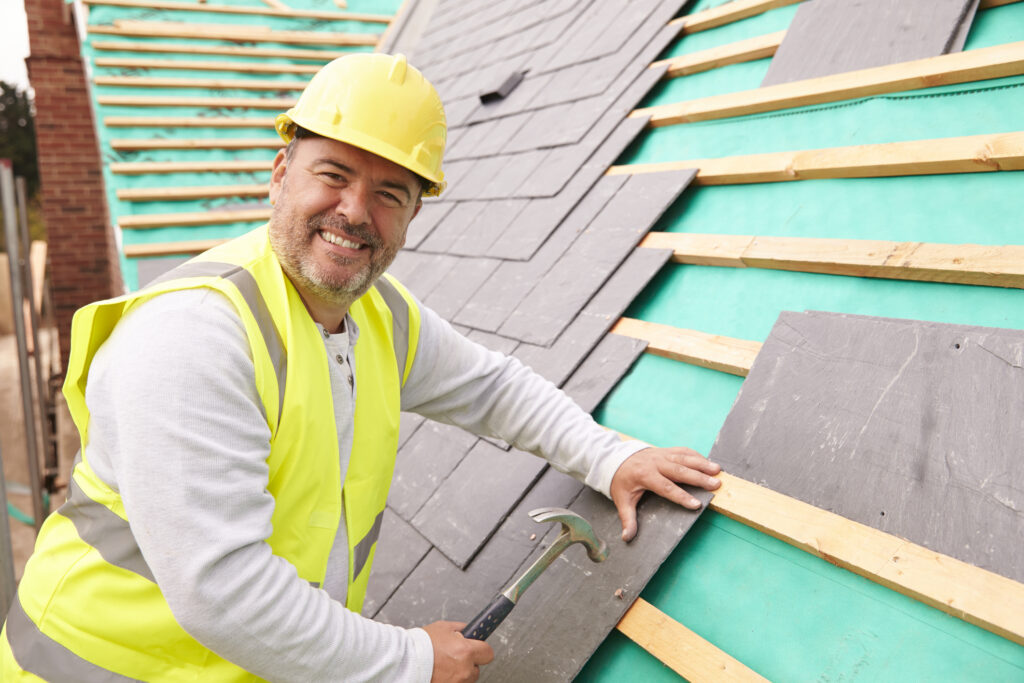
WABO Roofing has the expertise to provide reliable, thorough, and unbiased inspection of roof construction and design. Roof inspection reports are independent and impartial in our reporting. WABO Roofing is the leader in trusted roof inspections, combining in-depth industry knowledge and rigid attention to detail. Our roof inspection services are available to commercial and residential clients along with civil service buildings. Our specialized staff possesses a deep understanding of the challenges these buildings can present.

